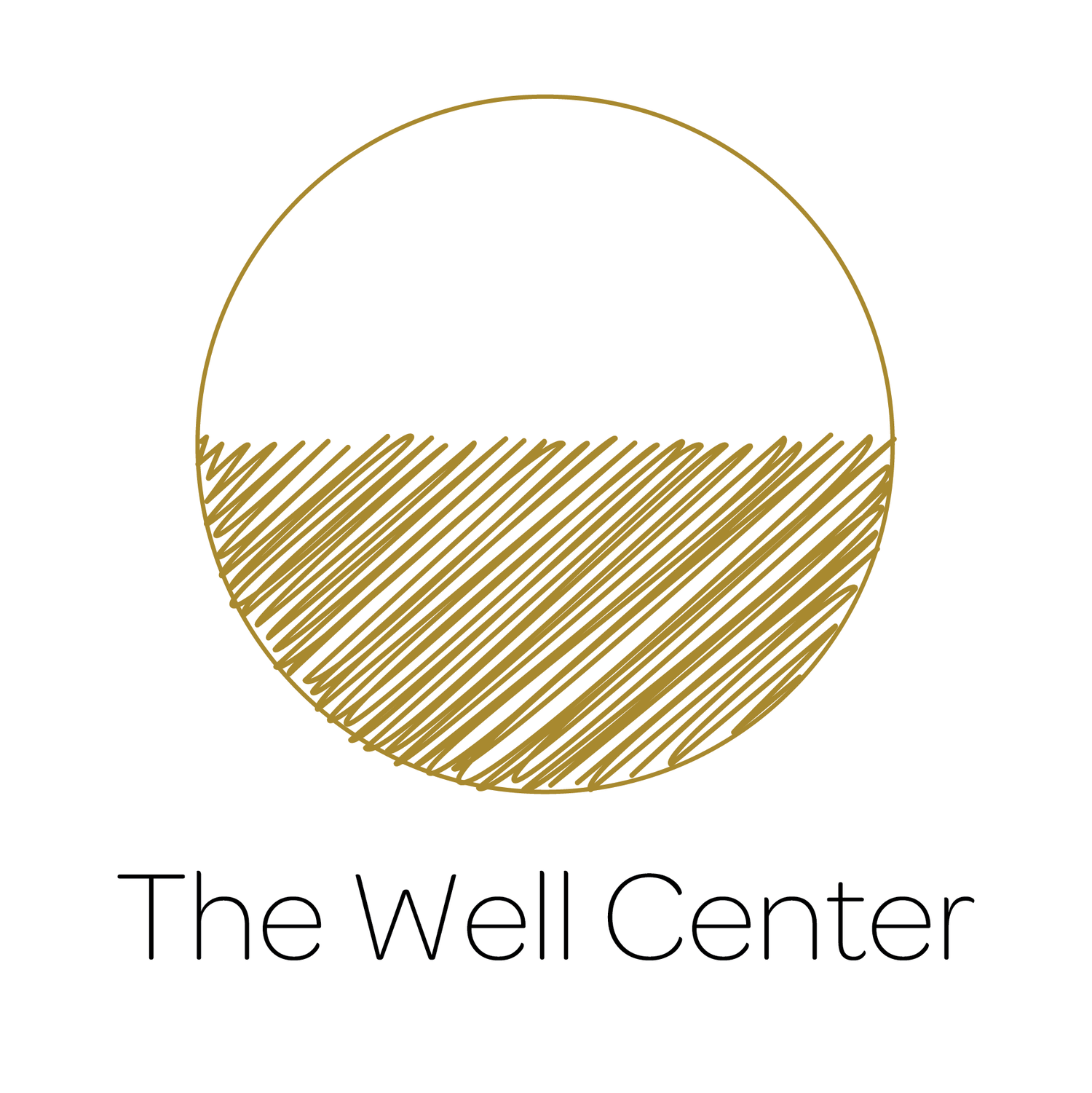What is a Low Histamine Diet?
A low histamine diet is a dietary approach that aims to reduce the consumption of foods high in histamine or those that trigger the release of histamine in the body. Histamine is a compound naturally found in many foods, and it's also produced by the body as part of the immune response. For individuals with histamine intolerance or conditions like allergies or migraines, reducing histamine intake can help alleviate symptoms.
Foods to Limit or Avoid
Aged cheeses: Cheddar, Parmesan, Swiss
Fermented foods: Sauerkraut, kimchi, pickles, yogurt
Cured meats: Bacon, salami, pepperoni
Smoked fish: Salmon, tuna
Vinegar-based foods: Pickles, mayonnaise, salad dressings
Alcoholic beverages: Wine, beer
Certain fruits and vegetables: Strawberries, tomatoes, spinach, avocado
Seafood: Tuna, mackerel, shrimp, cod
Nuts and seeds: Cashews, walnuts, almonds
Foods to Include
Fresh fruits and vegetables: Apples, bananas, carrots, cucumber
Lean proteins: Chicken, turkey, fish (like salmon or cod)
Whole grains: Rice, quinoa, oats
Dairy alternatives: Soy milk, almond milk
Healthy fats: Olive oil, avocado
Additional Tips
Cook foods thoroughly: This can help reduce histamine levels.
Choose fresh produce over canned or frozen: Canned and frozen foods may contain added preservatives.
Limit leftovers: Histamine levels can increase in stored food.
Consider histamine-releasing medications: If you have a histamine intolerance, consult a healthcare provider about potential medications.
Important Note:
It's essential to consult with a healthcare professional or registered dietitian before starting a low histamine diet, especially if you have underlying health conditions or are taking medications. They can provide personalized guidance and help you create a balanced and sustainable meal plan.
